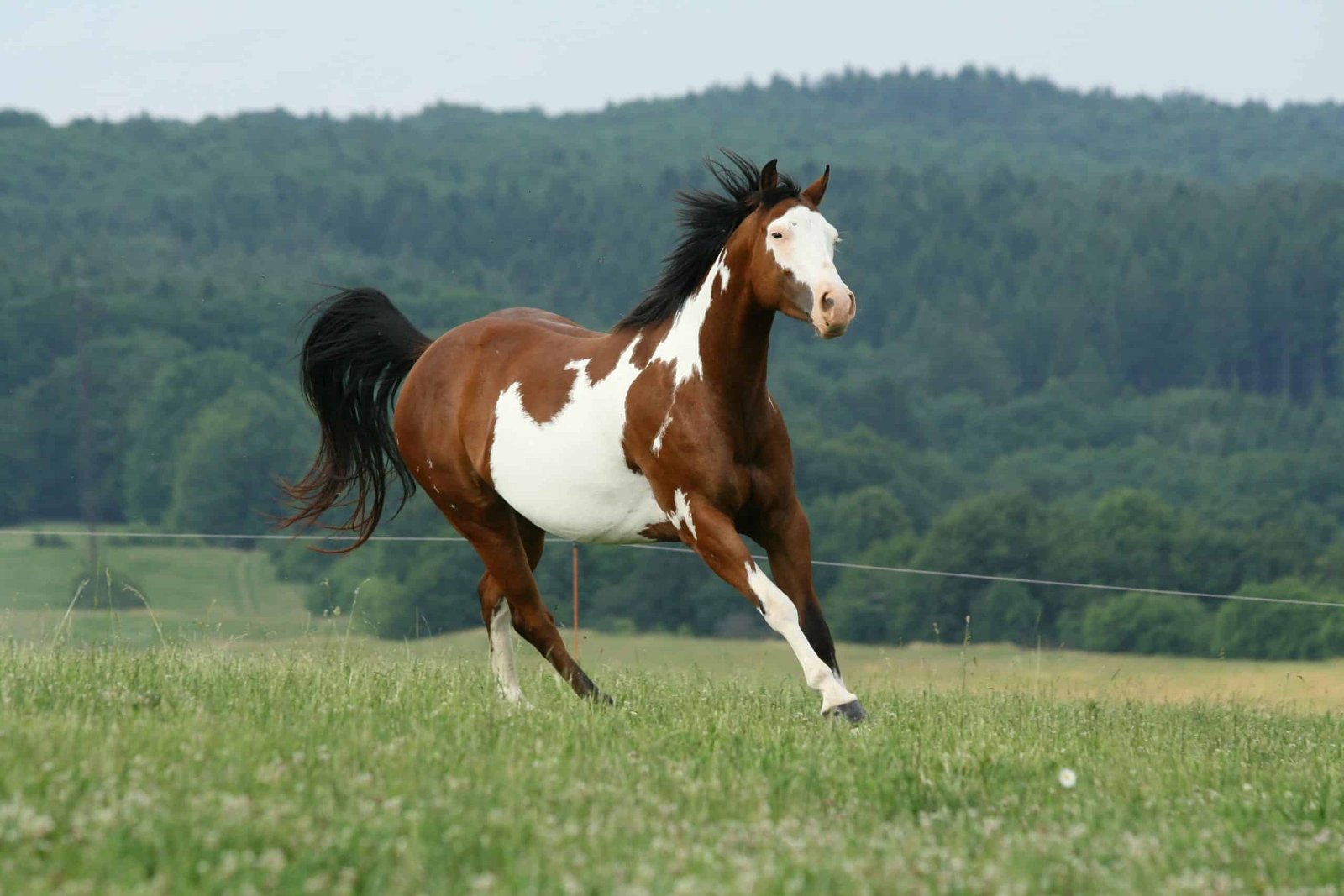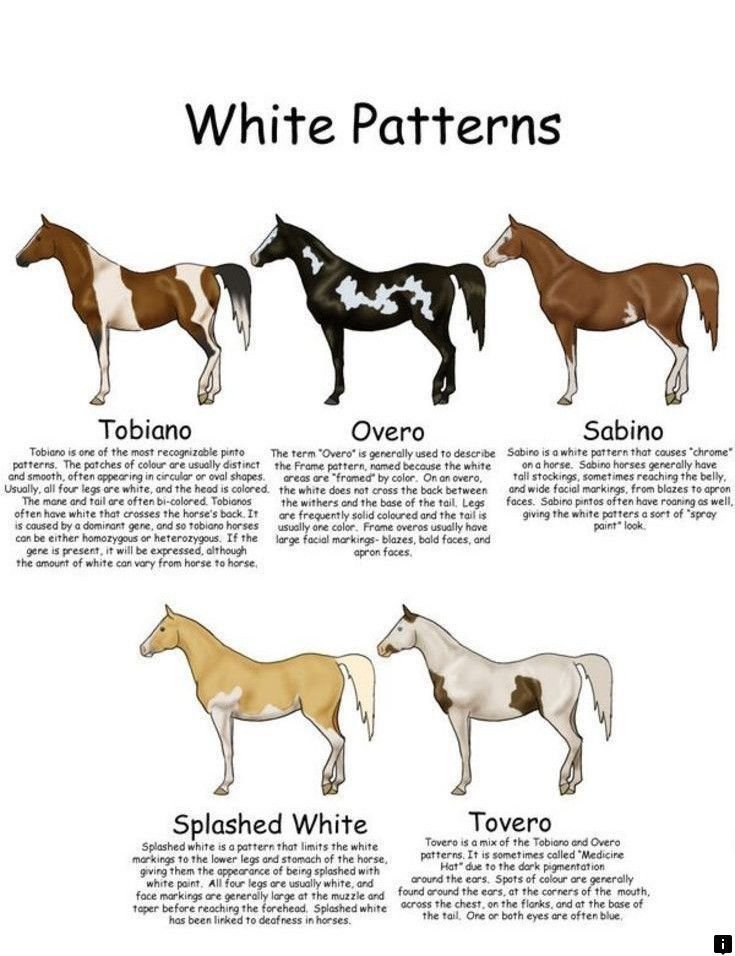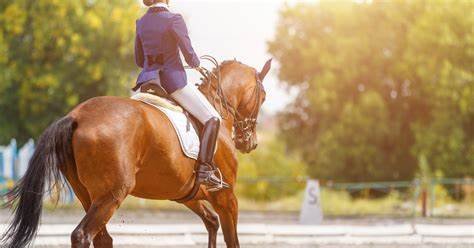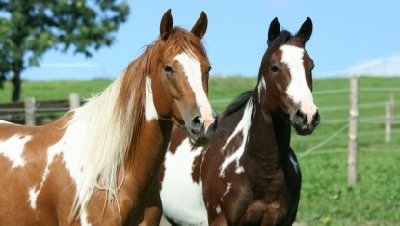Identifying a true Paint horse can be a bit tricky if you’re not familiar with the breed’s distinctive characteristics. Paint horses are known for their stunning coat patterns and strong physical attributes, but they also have specific genetic traits that set them apart from other breeds. In this guide, we’ll explore the key features that can help you identify a true Paint horse and differentiate it from other similar breeds.
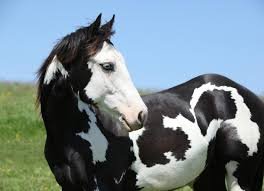
1. The Distinctive Coat Patterns of a Paint Horse
The most obvious characteristic of a Paint horse is its unique coat pattern. Paint horses are known for their irregular coat markings that include white and dark colors. These markings can come in various forms such as overo, tobiano, or tovero patterns.
- Tobiano: This pattern is characterized by white legs, white on the belly, and large patches of color that cross over the topline. The edges of the white patches are usually sharp and distinct.
- Overo: Horses with this pattern tend to have irregular white markings that do not cross over the topline. Overo horses often have more white around their face and may have blue eyes.
- Tovero: This is a combination of both the tobiano and overo patterns. Tovero Paint horses often have white markings on their faces and legs, with irregular color patches on their bodies.
While these coat patterns are a hallmark of the breed, it’s important to remember that color alone doesn’t make a horse a true Paint.
2. Genetic Traits and Parentage
To identify a true Paint horse, understanding the breed’s genetics is key. Paint horses must have one of their parents be either a Quarter Horse or an American Saddlebred, both of which are recognized as foundation breeds. In fact, the Paint horse itself is a breed that combines traits of both the American Quarter Horse and the Thoroughbred.
Paint horses can inherit color patterns through their parents’ genetics, but the most crucial genetic factor is the Overo or Tobiano gene. If a horse does not have one of these genes, it’s unlikely to be classified as a true Paint horse, regardless of its coat markings.
When you are in doubt, checking the horse’s registration papers is one of the most reliable ways to confirm its true breed status. The American Paint Horse Association (APHA) provides a breed registry, and only horses with approved parentage and genetics are eligible for registration.
3. Size and Build of a True Paint Horse
A true Paint horse also follows certain physical traits in terms of build. These horses are typically medium to large in size, ranging from 14 to 16 hands (56 to 64 inches) in height. Their build is athletic, with well-defined muscle structure, making them capable of performing in various disciplines, especially in Western riding.
A Paint horse generally has a broad chest, strong legs, and a well-balanced body. Their posture should be athletic and agile, yet sturdy enough to handle tasks such as trail riding, ranch work, or competitive events like cutting and reining. This physical structure is similar to the Quarter Horse, a breed known for its strength and versatility.
It’s important to note that while Paint horses can come in many shapes and sizes, their build should always reflect their working ability and athletic prowess.
4. Temperament and Behavior
While a horse’s temperament can vary from individual to individual, Paint horses are typically known for being calm, intelligent, and willing to work. They are highly trainable and often have an even temperament, making them suitable for riders of all experience levels.
A true Paint horse should display a friendly and approachable attitude, especially when interacting with their owners and riders. They tend to be responsive to cues and are known for their ability to learn quickly. While they can be energetic in competitive settings, they generally maintain a cooperative demeanor both on the trail and in the arena.
If you are evaluating a Paint horse, it’s important to assess its behavior and how it interacts with people. A calm and sensible nature is a key feature of the breed.
5. Registration and Paperwork
One of the best ways to ensure you are identifying a true Paint horse is by reviewing its registration. The American Paint Horse Association (APHA) provides official documentation for registered Paint horses. When purchasing a Paint horse, always ask for its registration papers, which will confirm whether the horse meets the criteria of the breed.
The registration papers will typically include information about the horse’s lineage, its coat pattern, and other genetic traits that classify it as a true Paint horse. If the horse is not registered with the APHA or a similar recognized organization, there’s a chance that it may not be a true Paint horse, even if it has the distinctive coat patterns.
Conclusion
In conclusion, identifying a true Paint horse involves more than just looking at its coat pattern. A true Paint horse is characterized by distinctive color markings, specific genetic traits, and a physical build that reflects its athletic abilities. Checking the horse’s parentage and registration papers is the most reliable way to confirm its authenticity. With these key factors in mind, you’ll be able to distinguish a true Paint horse from other breeds, ensuring that you’re working with an animal that fits the standards of this remarkable and versatile breed.








